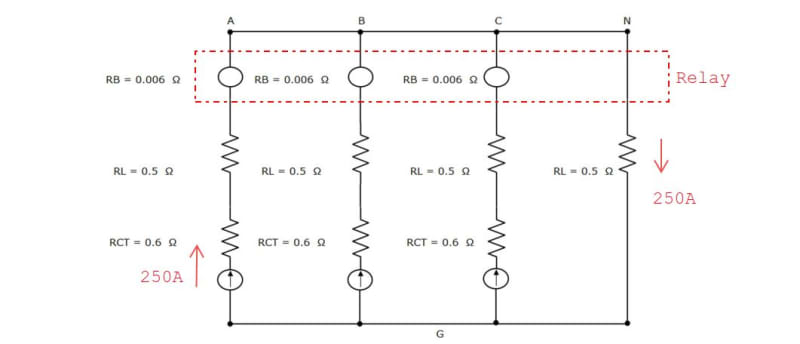dfdt
Electrical
- Sep 10, 2002
- 118
Is there a specific reason for not forming the CT star point in the yard especially when dealing with UHV substations?
Follow along with the video below to see how to install our site as a web app on your home screen.
Note: This feature may not be available in some browsers.

